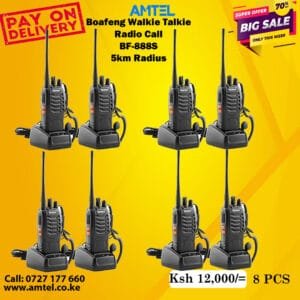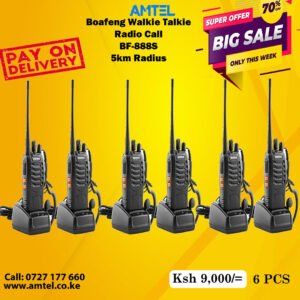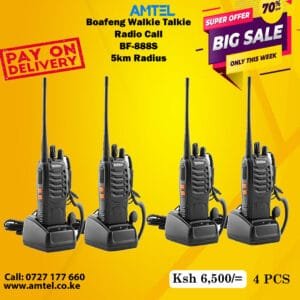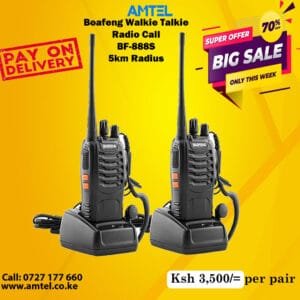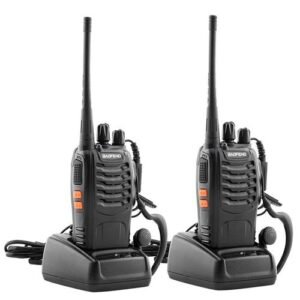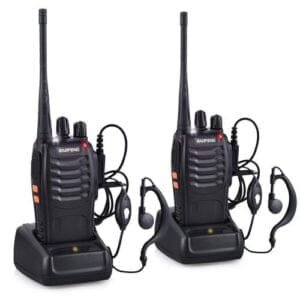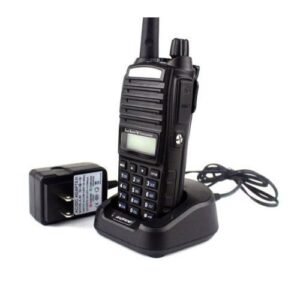Subtotal: KSh7,000
Walkie Talkies/ Radio In Nairobi Kenya (License Free)
What is a walkie talkie?
Walkie talkies are handheld portable radios that use radio waves to communicate wirelessly on a single frequency band.
So how do they work?
People communicating by walkie talkie must first of all ensure that they are sharing the same channel, or frequency band. Their handsets are all set to receive, so the microphone-cum-loudspeaker is set to loudspeaker. When no one is talking, the device will probably be broadcasting the sound of static, like a detuned radio. When someone wishes to talk, they simply depress the push-to-talk button, forcing their loudspeaker to switch to microphone function, eliminating in the process the sound of static.
As they speak, their words are converted into radio waves and broadcast across a pre-arranged channel.
Who uses license free walkie talkies radios in Kenya?
Walkie talkies are still widely used in various organisations and industries where instantaneous and group communication is required. These include the emergency services, security services, the military and transportation industries. They are also used in construction, hospitality, manufacturing, schools, ranches, camping and in many other sectors.
Where to buy Walkie Talkie Radios in Kenya?
The fact that they are hard-wearing and easy to use also makes them very popular with families. Kids love using them when out and about and they’re great for parents to keep in touch with their kids when they’re on a camping holiday, for example.
Common problems and How to Fix Them
- Losing coverage – this is often the result of allowing the battery to run down. Keep them properly charged at all times. Batteries should be replaced every 12/18 months to guarantee performance. Poorly-charged batteries can cause other problems like constant radio beeping or poor performance.
- No privacy. Two-way radios are not the most discreet forms of communication and others can hear your conversations – consider using an ear-piece for privacy.
- Excess static during transmission – could be caused by a dirty antenna so clean the antenna contacts using a pencil eraser.
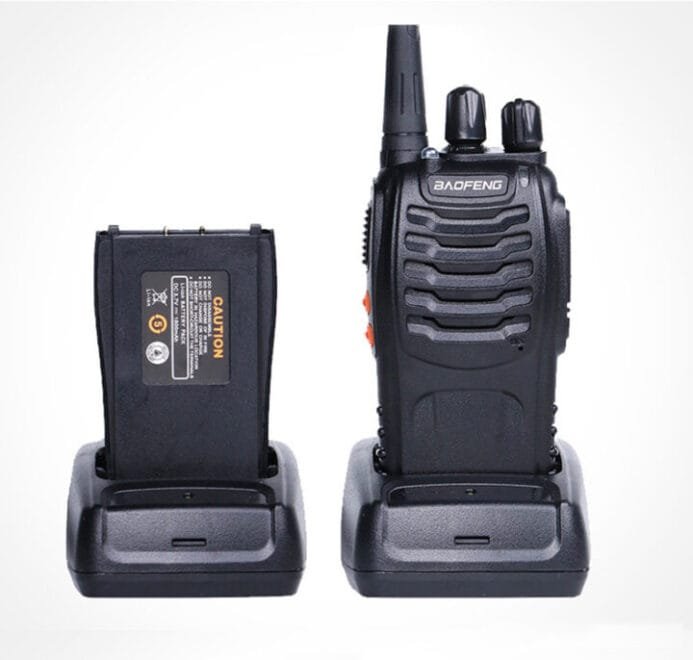
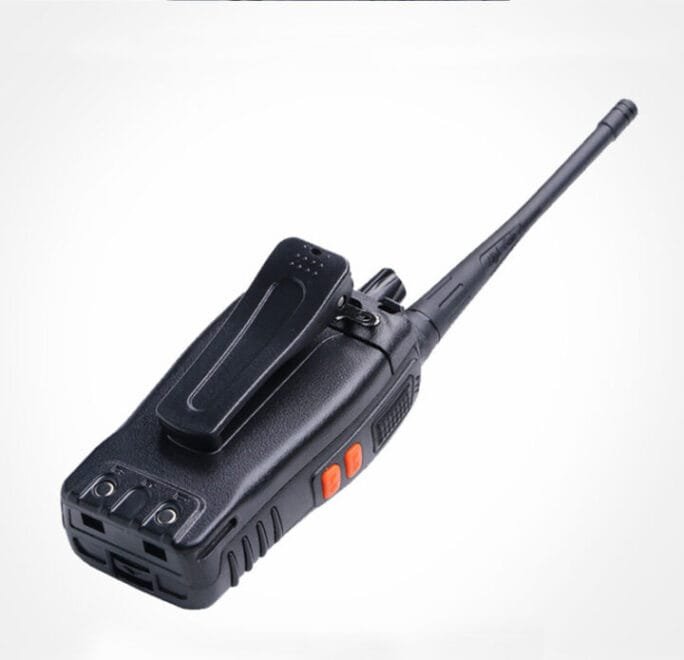
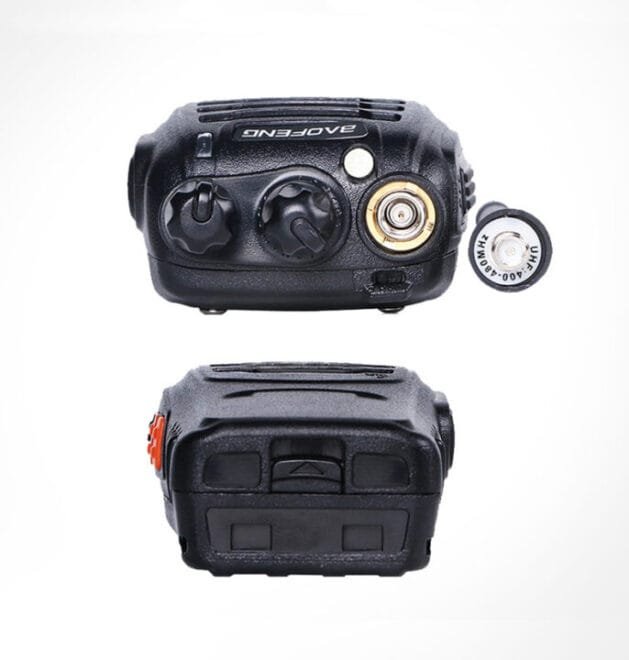
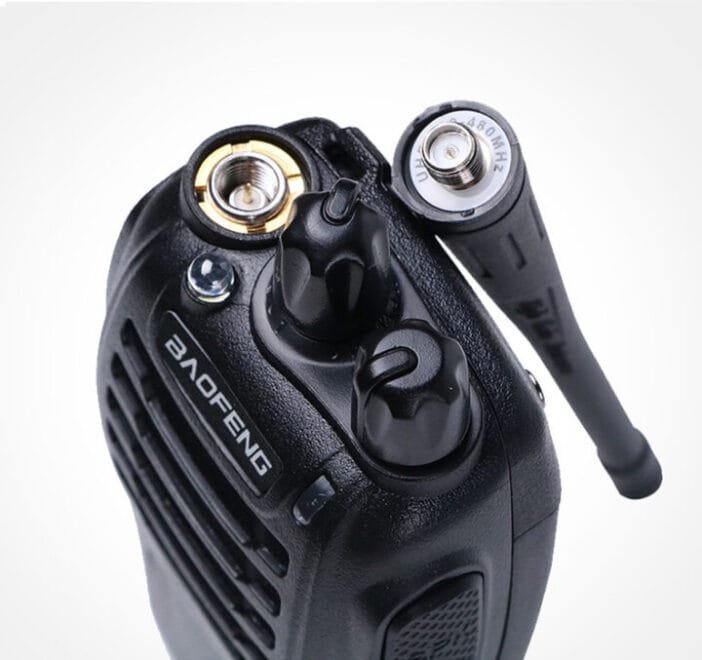

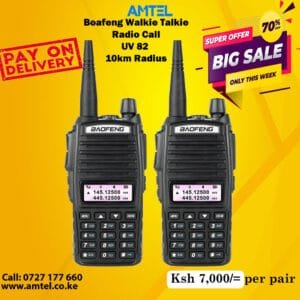 10km BAOFENG UV-82 Dual Band Walkie Talkie Two Way Radio Call in Nairobi Kenya
10km BAOFENG UV-82 Dual Band Walkie Talkie Two Way Radio Call in Nairobi Kenya 